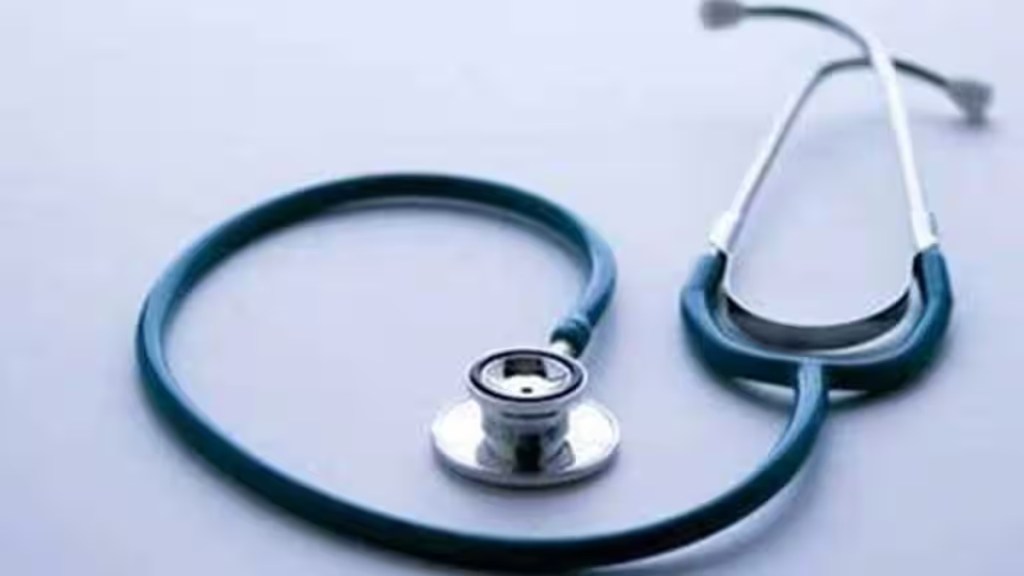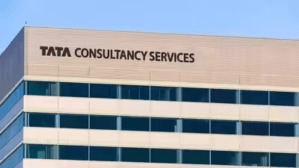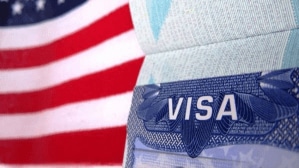New vagus nerve stimulator (VNS) devices are expanding treatment pathways for historically treated indications like depression and epilepsy and are also investigating other cardiovascular, neurological, and systemic chronic health applications.
Many of these indications are debilitating and/or life-threatening conditions that have exhausted all other treatment options, and patient-centered solutions are in high demand.
Against this backdrop, the market for implantable VNS devices is expected to grow from $679 million in 2022 to $1.27 billion in 2033, forecasts GlobalData, a data and analytics company.
GlobalData’s “VNS Pipeline Report” reveals that some of the key territories in the VNS market are the US, Europe, India, Japan, and the UK. As of May 2023, the US has the highest number of pipeline products.
“The vagus nerve acts as an information highway connecting the brain to several vital organs, helping to regulate bodily functions, send sensory information, control muscles, and influence the immune system. These pathways are not well understood, but studies indicate that many of these pathways are responsive to electrical stimulation. This has translated to multiple branches of neuromodulation research investigating different treatment pathways and uses for electrical stimulation devices,” Ashley Clarke, Medical Analyst at GlobalData, said in a statement.
Implantable VNS devices consist of a pulse generator surgically placed in the chest and a lead that delivers pulses to the vagus nerve in the neck. They have successfully treated drug-resistant epilepsy and treatment-resistant depression in over 125,000 patients over the last 20 years, and in the last 10 years have also been approved for treatment of morbid obesity and stroke rehabilitation.
Comparatively, non-invasive devices typically deliver stimulation the ear or neck through the skin and do not require surgery. In Europe, the first approved non-invasive VNS device was the NEMOS transcutaneous VNS. This device was approved for the treatment of depression and epilepsy in 2010 and for pain in 2012.
In the US, the first FDA-approved non-invasive vagus neurostimulator was electroCore’s gammaCore device in 2017 to treat cluster headache pain in adults. Indications for these devices have since expanded to include asthma, migraines, inflammation, sleep disorders, stroke, and tinnitus, to name a few.
Tivic Health, maker of a handheld sinus bioelectronic device, also recently announced a study of a non-invasive bioelectronic device for VNS using a novel approach. Tivic Health filed a patent for the device in July 2023 and has since received Institutional Review Board approval of their collaborative study with the Feinstein Institutes’ Institute of Bioelectronic Medicine.
Clarke concludes: “Implantable devices encounter underutilization, as they are costly, invasive, and often only used once all other treatment options have been exhausted. Ground-breaking research into non-invasive VNS devices and diverse applications could revolutionize treatments, removing the need for surgery, lowering costs, minimizing risks, improving accessibility, and bringing treatment to a larger volume of patients.
“Thus far the VNS landscape is dominated by LivaNova, but as the breadth of the indications increases and non-invasive technologies make treatments accessible to more patients, even companies with smaller or niche products could achieve significant market penetration. Neuromodulation is a multi-billion-dollar industry and VNS is expected to continue growing as anatomical understanding improves and the need for cost-effective treatments for neurological conditions increases.”








